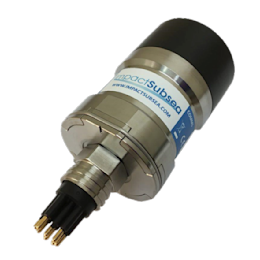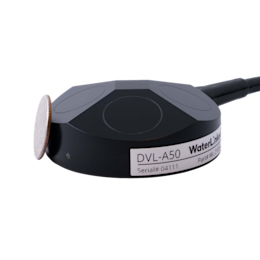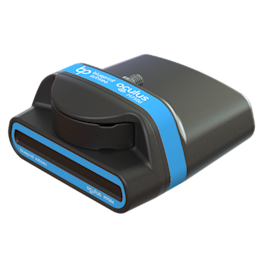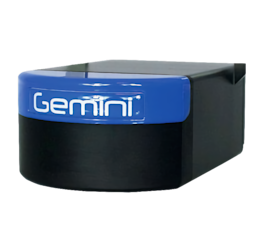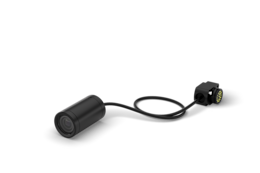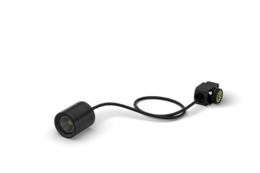The Blueye Smart Connector
Since the beginning with the Blueye Pioneer underwater drone, we have used custom connectors to connect thrusters, pressure sensors, tethers, and charging cables to the Blueye electronics in a waterproof manner. On the X3, we took our connector design one step further and created what we have called the Blueye Smart Connector.
The three guest ports on the Blueye X3 mini ROV offer eight different communication protocols and three different power levels to support a variety of external peripherals. The connector consists of a mechanical housing and a small circuit board connecting with spring-loaded pins on the drone side. The configuration of the circuit board is selected based on which protocols and power levels a particular piece of equipment uses.


Metadata stored on the connector
We have added a small memory chip to the connector circuit board containing metadata about the peripheral, such as device id, depth rating, and serial number. The metadata allows the Blunux operating system to automatically detect which equipment is connected. The Blunux operating system will start the necessary software modules needed to support a particular peripheral based on the connector information, without any configuration required by the end-user. On other systems, ROV operators would typically have to manually configure COM-ports, set static IP-addresses, and install system drivers to enable a new third-party peripheral.
The Blueye App will automatically enable or disable functionality based on the connected equipment, such as changing the controller layout to accompany the use of grippers if connected or adding new menu items to set the intensity of external lights when present. The Blueye App will warn the user if approaching the depth rating of a connected peripheral with a shallower depth rating than the Blueye X3 itself (305 m / 1000 ft).
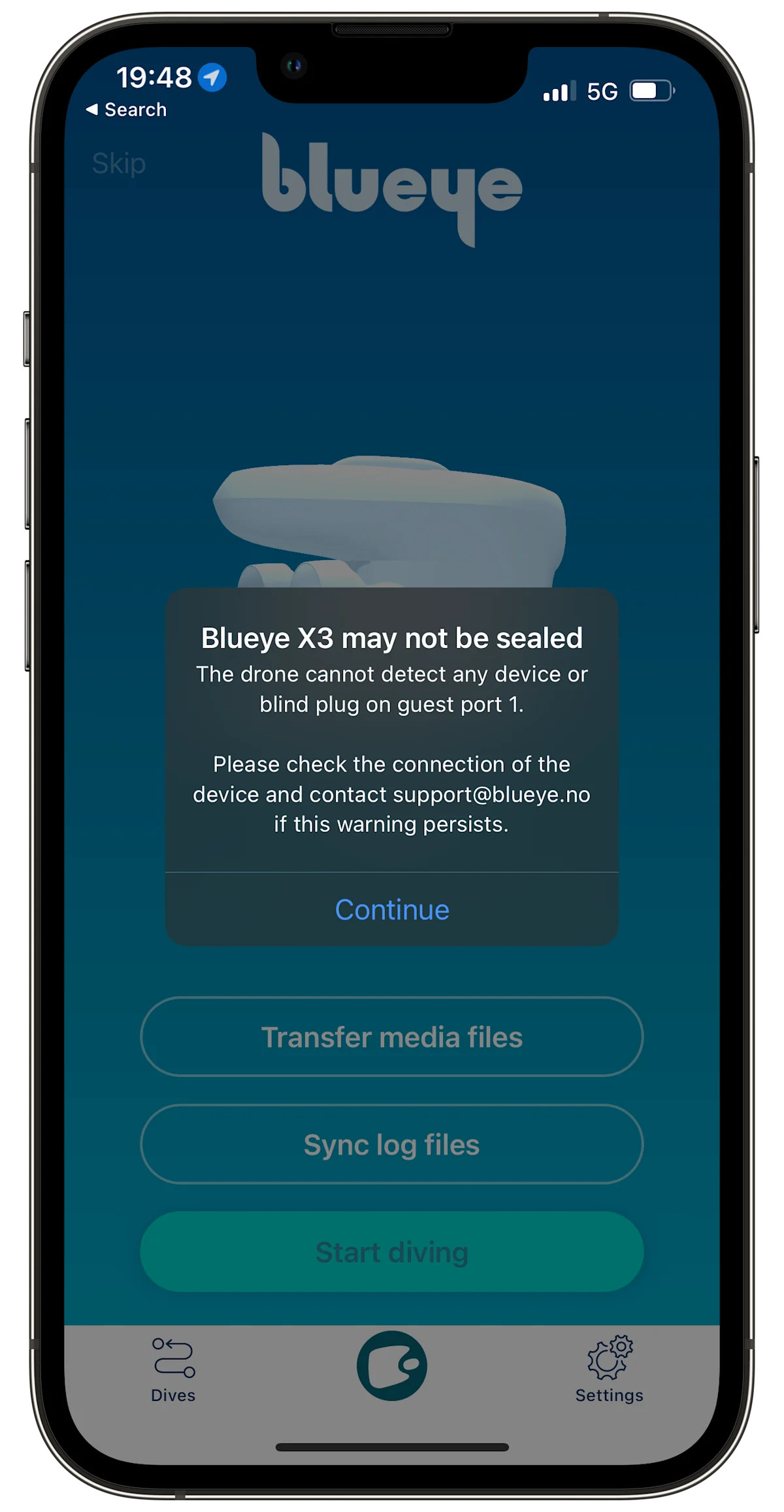
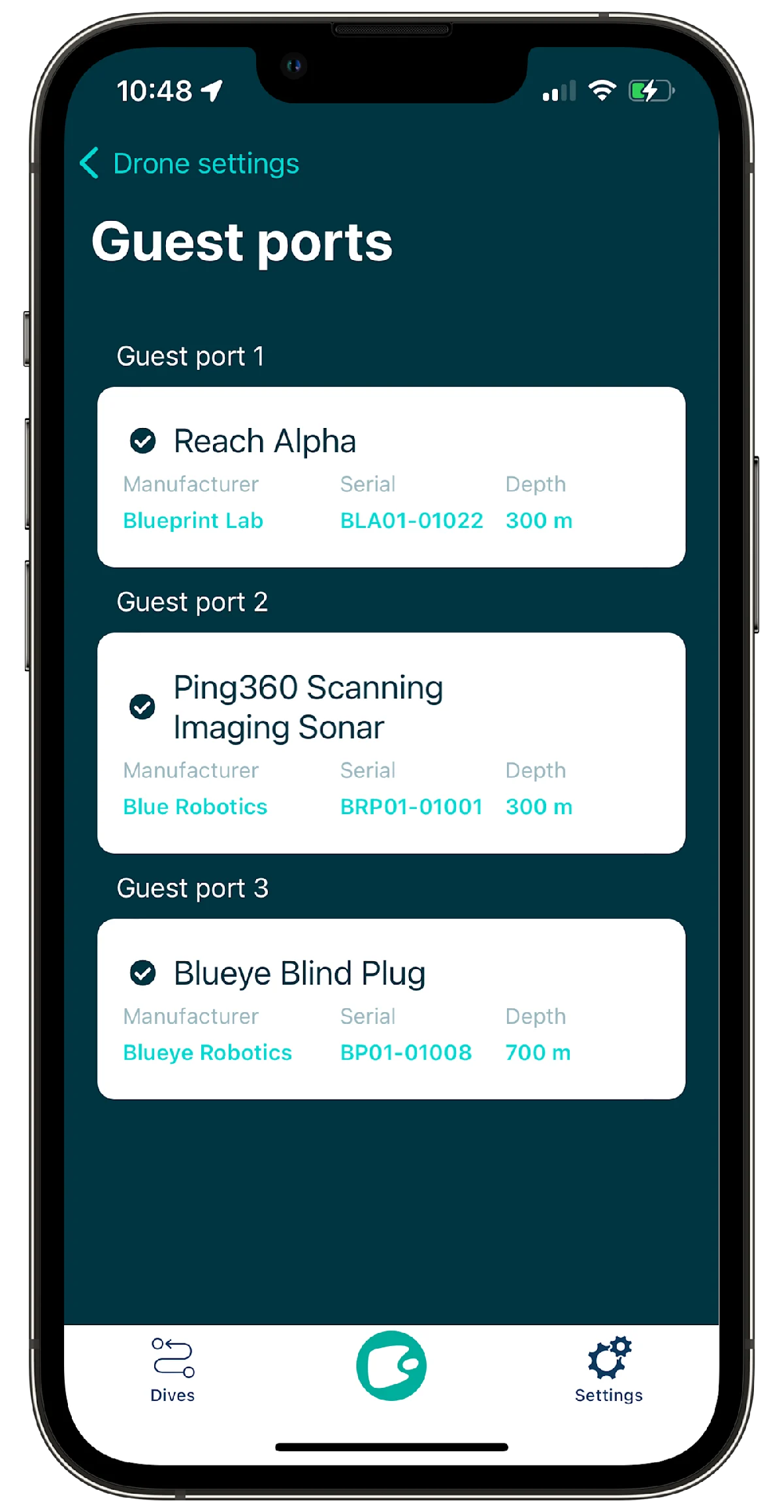
Even the blind plugs used to seal the X3 when no external equipment is attached use Blueye Smart Connectors. If you forget to add a blind plug after disconnecting a device from the drone, the Blueye App will warn you that you need to seal the drone.
Having serial number information for any connected peripheral easily accessible in the app will also help with the efficiency of a support ticket, as we can quickly identify exactly which specific device is connected.
User-friendly underwater technology
At Blueye, our vision is to empower people and organizations with user-friendly underwater technology. Something as small as a connector can play an important role in achieving this. We believe the Blueye Smart Connector is yet another example of how our approach to underwater technology is different from the status quo in the mini ROV world.
Benefits of the Blueye Smart Connector
- Plug-and-play connection of third-party peripherals with no manual configuration
- The Blueye App and Blunux operating system intelligently adapt to take advantage of connected equipment
- The system can intelligently warn you when approaching the depth rating of external equipment or if a blind plug is missing



